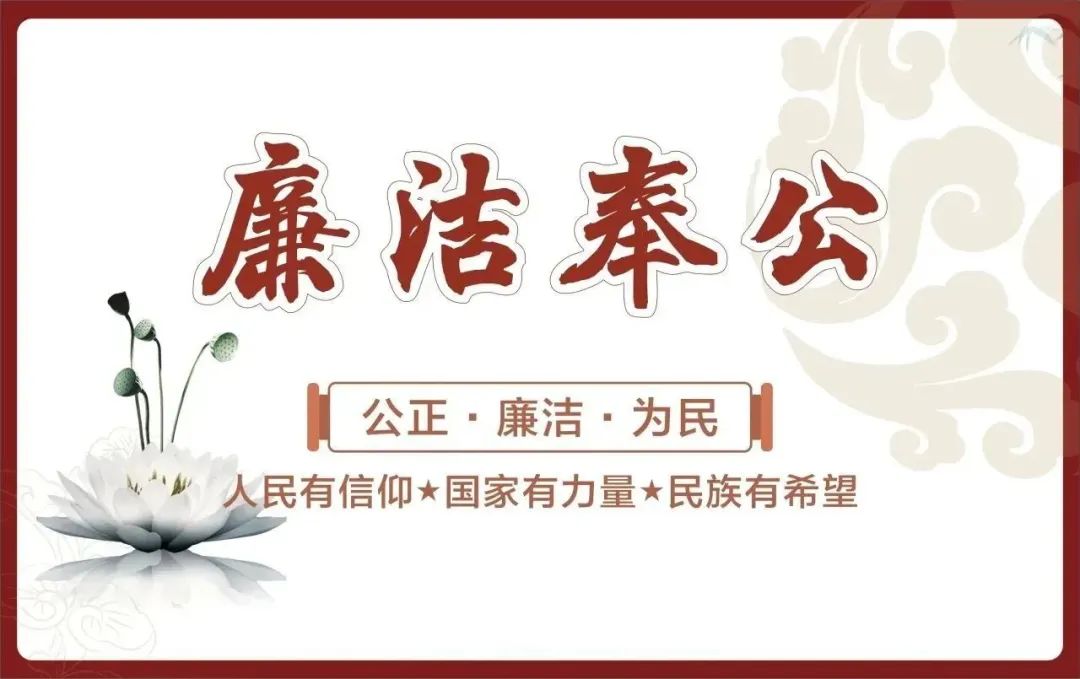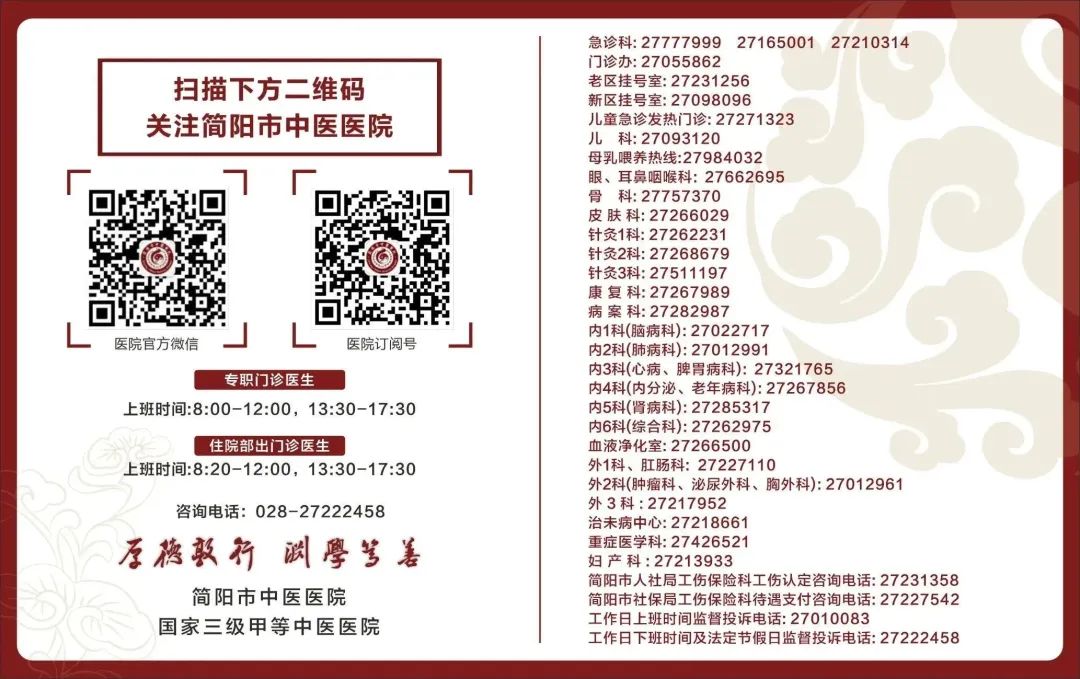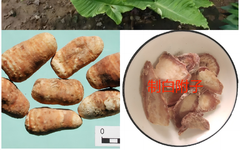Click the blue text
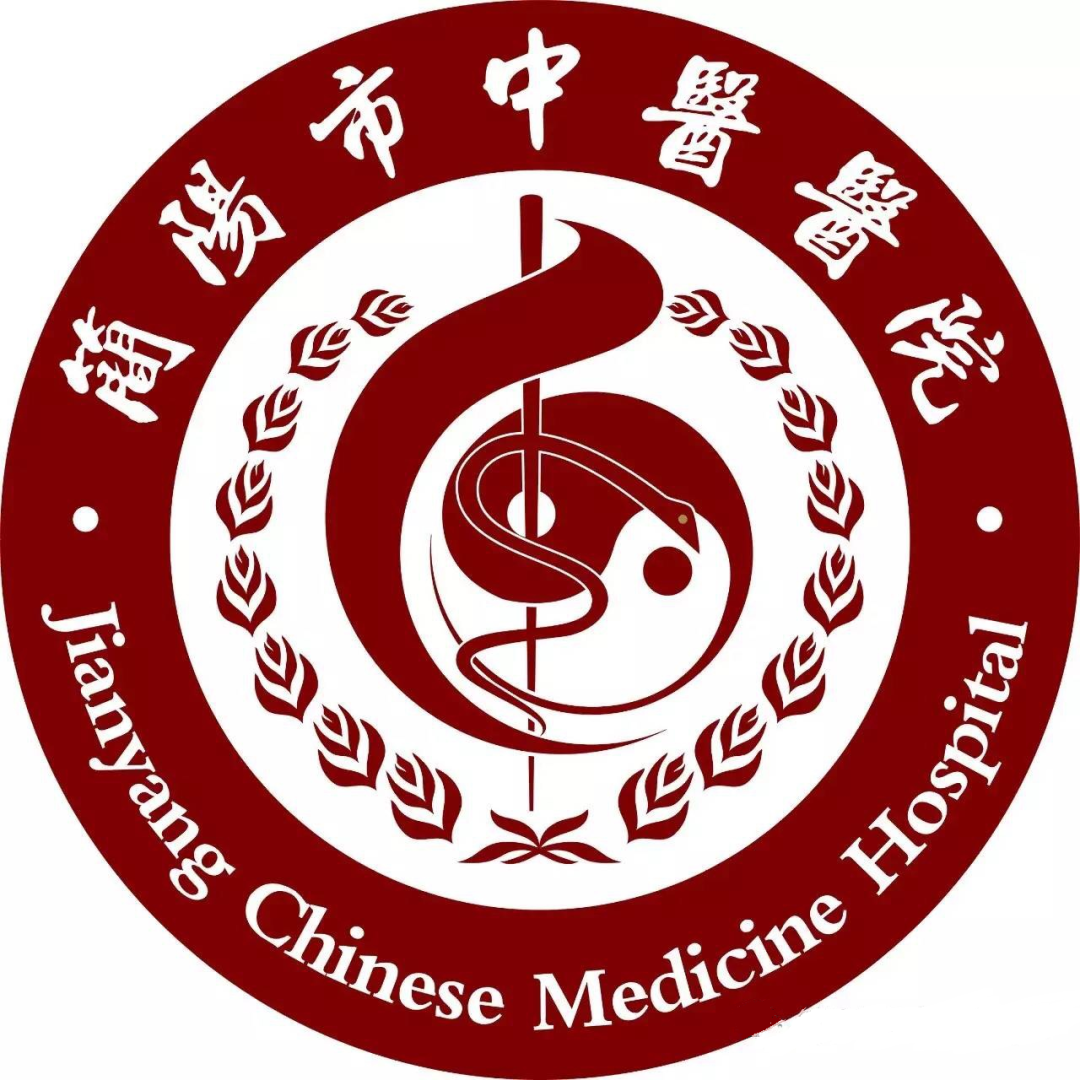
Follow us
Fuzi and Baifuzi
Can you tell them apart?
Fuzi (附子) and Baifuzi (白附子) are frequently used in clinical practice. However, it is not uncommon for practitioners or patients to confuse these two herbs, even mixing them up entirely. Although they differ by only one character, their functions and indications are significantly different. This article aims to analyze and differentiate these two traditional Chinese medicines (TCM) from various aspects, hoping to provide helpful insights.
JIANZHONGYI
I want to clarify that Baifuzi is not Fuzi, and Baifuzi is a processed form of Fuzi. Is everyone getting confused again? None of the formulas in the “Shang Han Lun” (伤寒论) use Baifuzi; a well-known formula that uses Baifuzi is Qianzheng San (牵正散) which includes Baifuzi, Jiangcan (僵蚕), and Quanxie (全蝎). Why are Fuzi and Baifuzi often confused? This is because Fuzi can be processed in many ways, leading to different names such as Baifu Pian (白附片), Heishun Pian (黑顺片), Danfu Pian (淡附片), and Yanfuzi (盐附子). Currently, the only processed variety of Fuzi available in our pharmacy is Baifu Pian.
Now let’s take a look at the history and characteristics of Fuzi and Baifuzi
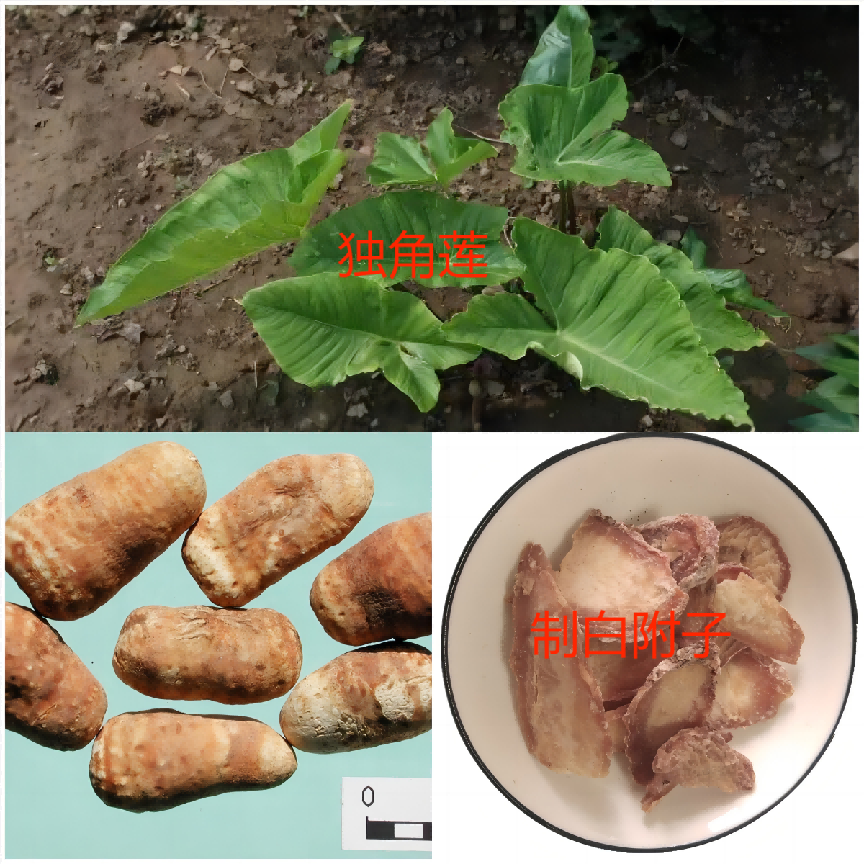
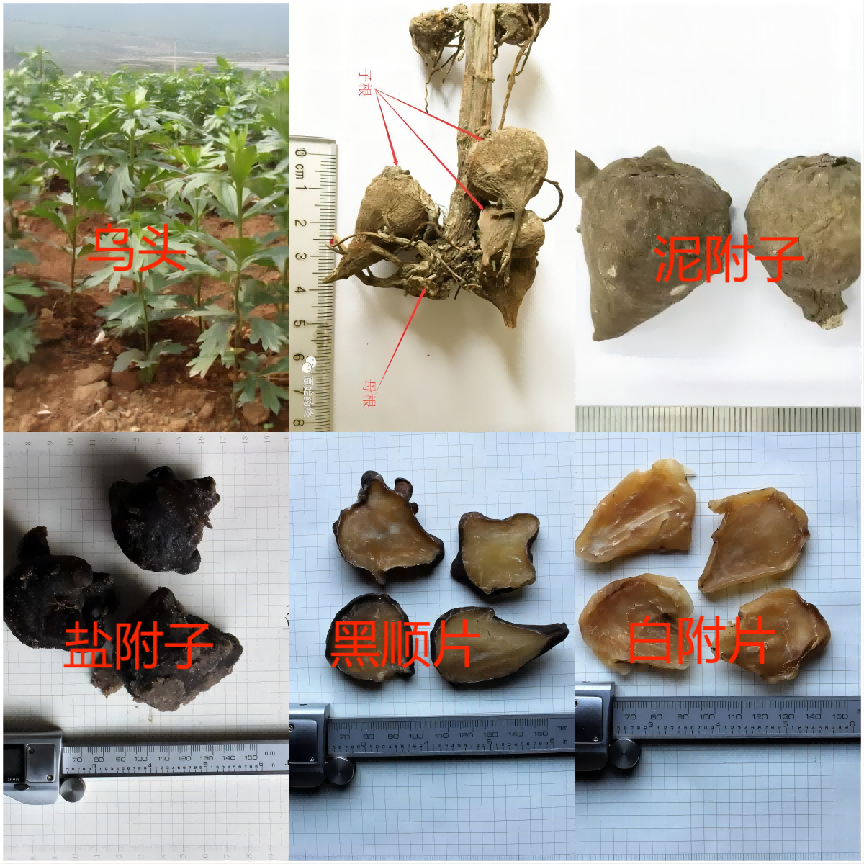
01
Fuzi (附子)
JIANZHONGYIZHICHUANG
• This product is a processed product of the tuberous root of the Aconitum plant (乌头)
Because its tuber resembles a crow’s head, it is named Wutou (乌头). The cultivated variety from Sichuan is called Chuanwu (川乌). The lateral roots attached to the main root are called Fuzi. Li Shizhen stated: “Fuzi grows attached to Wutou, like a child attached to its mother. Wutou resembles taro, and Fuzi resembles taro tubers; they are essentially the same thing.”
Harvested from late June to early August, the main root and fibrous roots are removed, commonly referred to as “mud Fuzi”. It is processed into Yanfuzi (盐附子), Heishun Pian (黑顺片), Baifu Pian (白附片), Danfu Pian (淡附片), and Pao Fuzi (炮附子). It is classified as a warming herb and is known as the “first herb for reviving yang and rescuing from collapse” in TCM. It is primarily produced in Sichuan, Hubei, and Hunan provinces.
【Properties and Channels】 Spicy, sweet, very hot; toxic. Enters the Heart, Kidney, and Spleen channels. 【Functions and Indications】 Revives yang and rescues from collapse, tonifies fire and assists yang, disperses cold and alleviates pain. Used for yang collapse, cold limbs, weak pulse, insufficient heart yang, chest obstruction and heart pain, cold and deficient vomiting and diarrhea, cold abdominal pain, kidney yang deficiency, impotence, cold in the uterus, yin-cold edema, yang deficiency with external pathogens, and cold-damp bi pain. 【Dosage】 3-15g, decocted first, and for a long time. This product is toxic, so it should be decocted for 0.5-1 hour until there is no numbness or spiciness when tasted. 【Caution】 Use with caution in pregnant women; avoid using with Banxia (半夏), Guo Lou (瓜蒌), Guo Lou Zi (瓜蒌子), Guo Lou Pi (瓜蒌皮), Tianhuafen (天花粉), Chuanbeimu (川贝母), Zhebeimu (浙贝母), Pingbeimu (平贝母), Yibeimu (伊贝母), Hubeibeimu (湖北贝母), Bailian (白蔹), and Bai Ji (白及).
Modern research shows that Fuzi contains various alkaloids, primarily aconitine, mesaconitine, and hypaconitine. Its toxicity is mainly caused by aconitine alkaloids. Aconitine can be hydrolyzed to produce less toxic benzoylaconitine, which can further hydrolyze to produce aconine, whose toxicity is 1/2000 of aconitine. Therefore, prolonged decoction can reduce its toxicity.
02
Baifuzi (白附子)
JIANZHONGYIZHICHUANG
• This product is the dried tuber of the plant Du Jiao Lian (独角莲) from the family Araceae
The “Bencao Gangmu” (本草纲目) states: “Baifuzi is a medicine of the Yangming channel, similar to Fuzi, hence the name, but it is not Fuzi.” Its leaves curl inward when young, resembling a horn, hence the name Du Jiao Lian.
Harvested in autumn, the fibrous roots and outer skin are removed and dried. It is processed into Sheng Baifuzi (生白附子) and Zhi Baifuzi (制白附子).
【Properties and Channels】 Spicy, warm; toxic. Enters the Stomach and Liver channels.
【Functions and Indications】 Expels wind-phlegm, calms convulsions, detoxifies and disperses masses, alleviates pain. Used for stroke with phlegm obstruction, facial paralysis, slurred speech, convulsions and epilepsy, tetanus, phlegm-induced headaches, and scrofula with phlegm masses, and snake bites.
【Dosage】 3-6g. Generally used after processing; for external use, the raw product can be crushed and boiled into a paste or ground into powder and mixed with wine for topical application.
【Caution】 Use with caution in pregnant women; internal use of raw product should be cautious.
Modern research shows that Baifuzi contains β-sitosterol and its glucoside, inositol, choline, uridine, mucilage, and Baifuzi agglutinin. The main irritant toxic component is calcium oxalate needle crystals. The toxic mechanism involves the mechanical penetration of the needle crystals and the dual action of agglutinin proteins. Heating can destroy agglutinin proteins, eliminating their irritant effects, thus achieving detoxification. The ginger and alum decoction method is currently recognized as the best processing method for Du Jiao Lian, which reduces the content of calcium oxalate needle crystals, thereby achieving detoxification.
• Currently
JIANZHONGYI
The pharmacy uses Baifuzi that has been processed and cooked, which has already achieved detoxification. Therefore, when preparing formulas, there is no need to extend the cooking time, and it can be used safely within the dosage range.

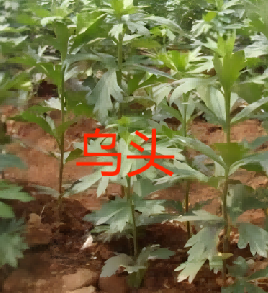
In summary, Fuzi and Baifuzi are two different traditional Chinese medicines with distinct origins, channels, functions, and indications. In clinical use, we must pay attention to their differences. Physicians must be rigorous in prescribing, and pharmacists must be accurate in dispensing. If errors are found, they must be corrected immediately to ensure effective treatment.
Patients must also understand the different properties of each herb; those that require pre-decoction must be decocted first, while those that do not can be safely prepared according to standard methods.
The handling of medicinal products directly affects the effectiveness of disease treatment and should not be taken lightly. It is essential to clearly distinguish between Fuzi and Baifuzi!
References:
[1] Chinese Pharmacopoeia [S]. 2020.
[2] Gao Shiyong, Xie Minghong, Tan Huixin, et al. Research Progress on the Processing and Pharmacological Activity of Du Jiao Lian [J]. Chinese Herbal Medicine, 2019, 50(08): 1992-1997.
[3] Wu Ping, Zhou Yiqun, Liu Yizhao, et al. Discussion on the Pre-decoction and Long Decoction of Toxic Chinese Herbal Medicine Pieces in the 2020 Edition of the Chinese Pharmacopoeia [J]. Central South Pharmacy, 2021, 19(04): 762-768.
Source/Pharmacy Department Wei Wenxia
Editor/Zhou Jiayu
First Review/Yan Gang
Second Review/Shi Tongqiang
Third Review/Zhou Ting
